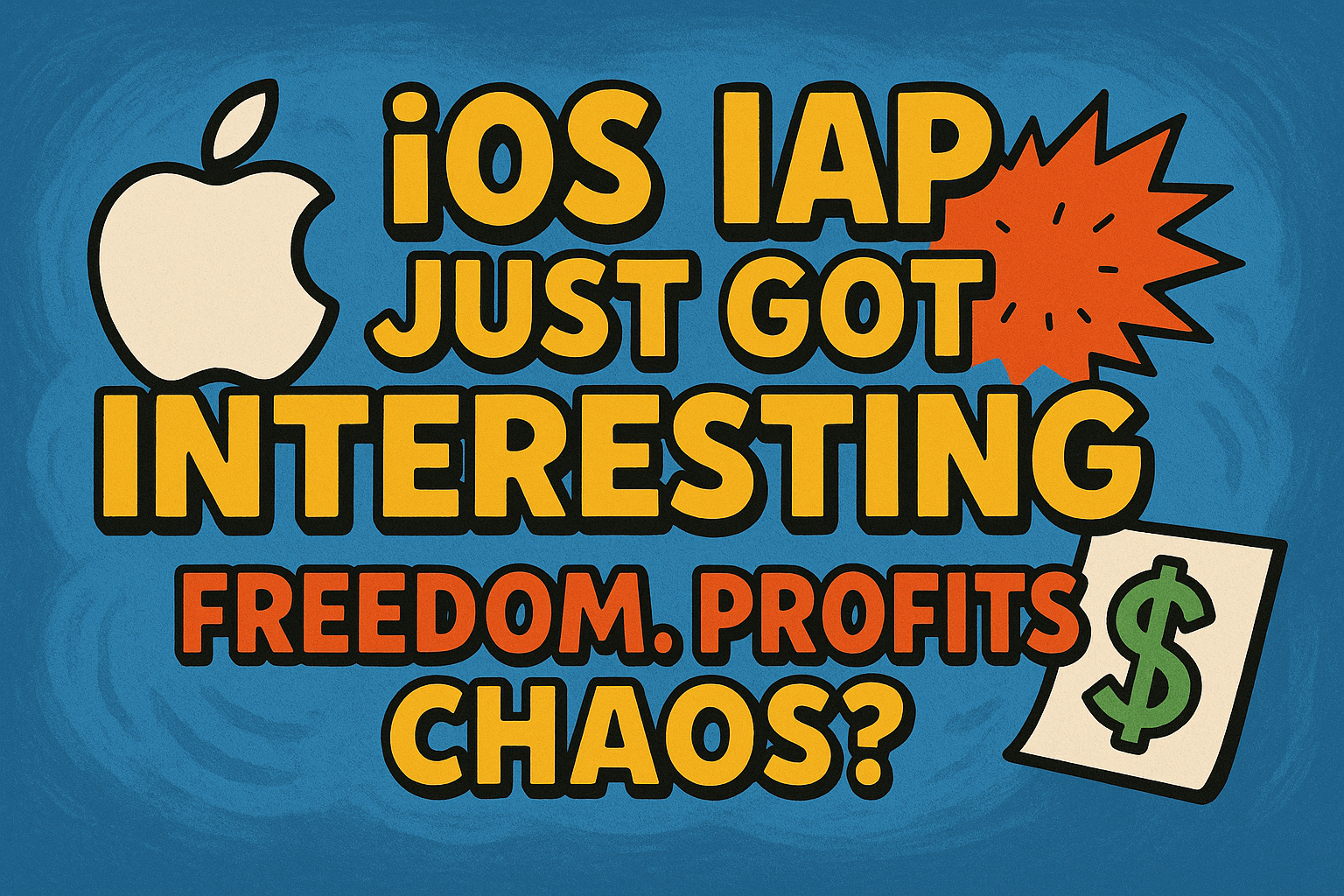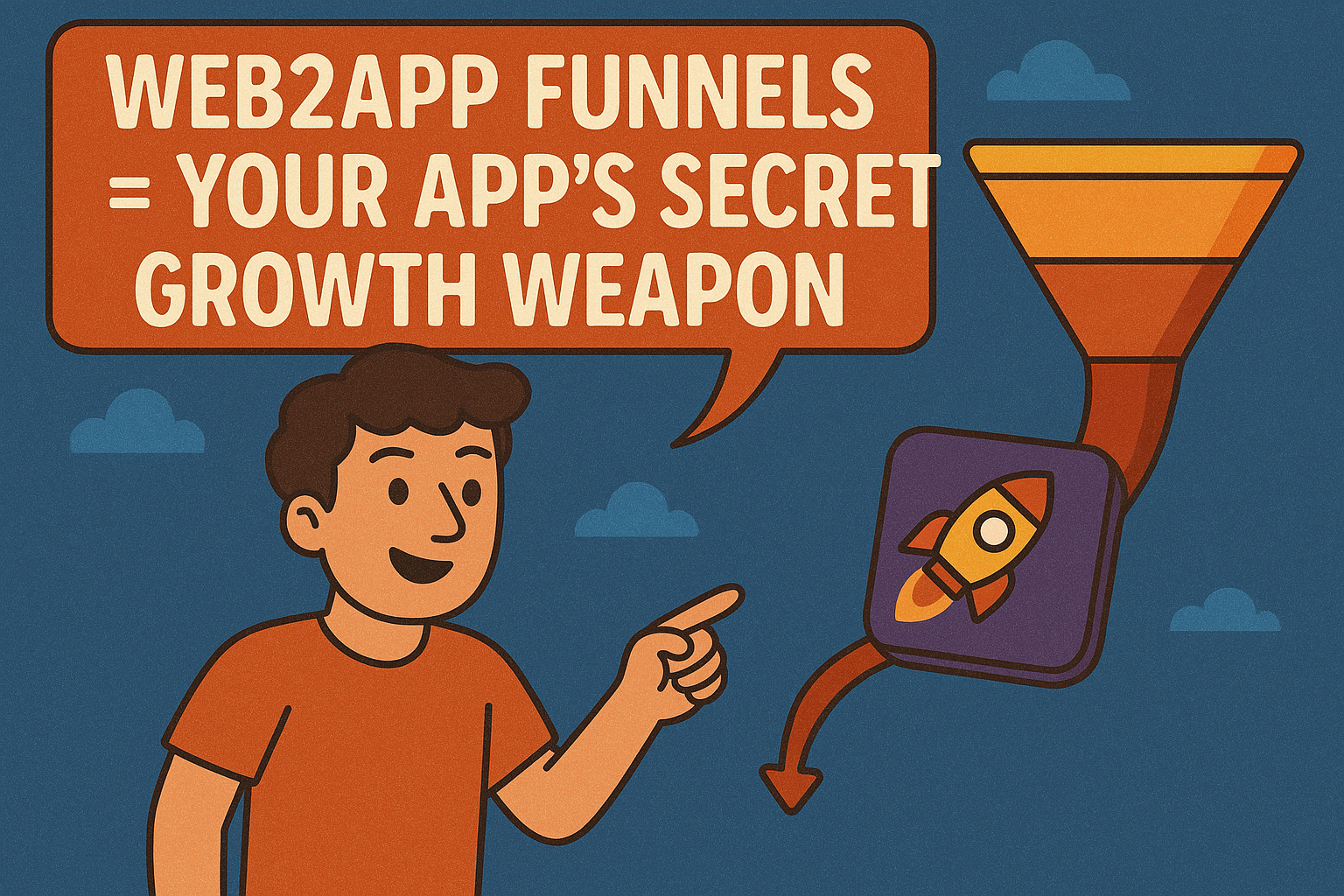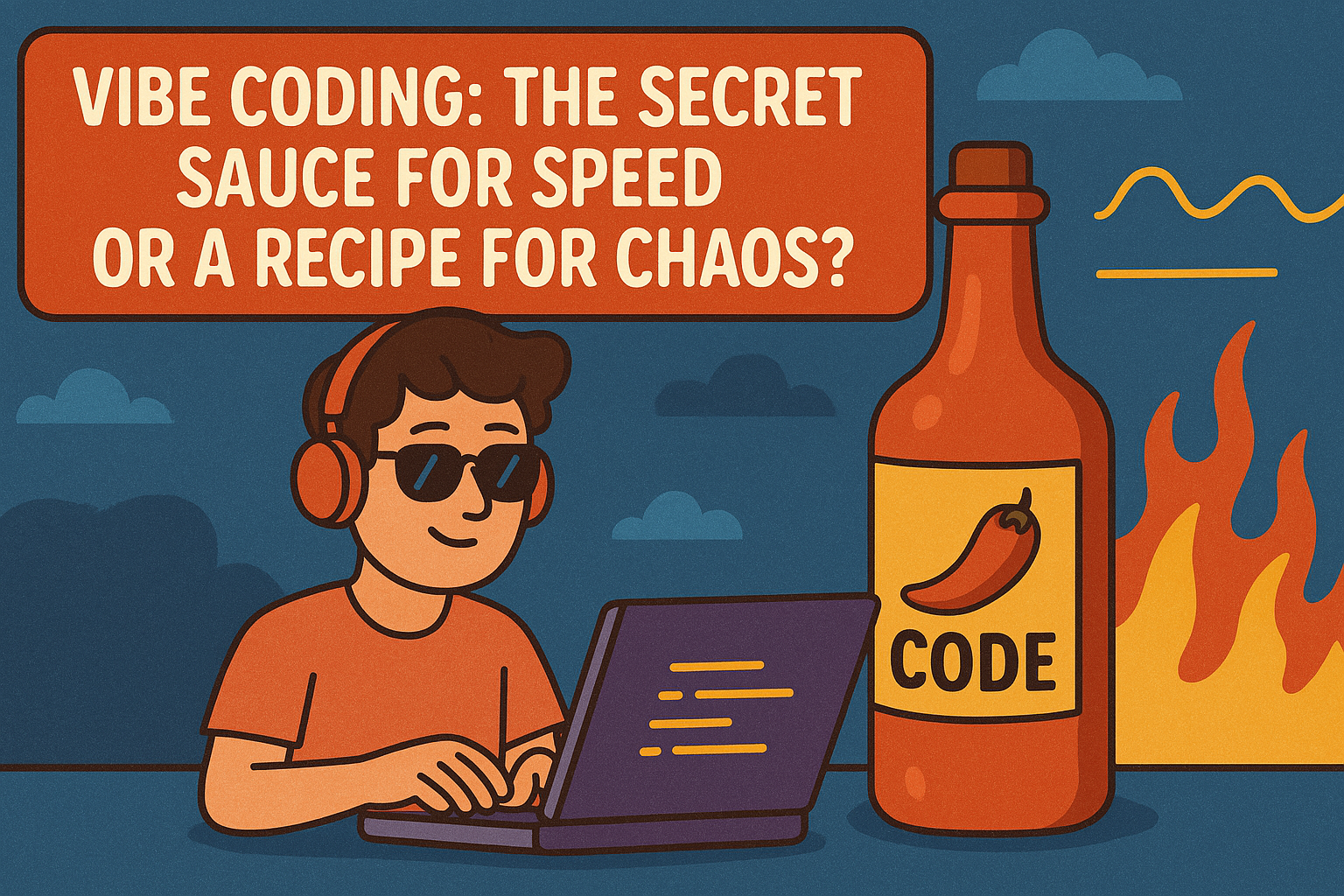How Developers Can Now Take Control of Their Revenue Stream
By Eden Tech Labs | May 4, 2025
In a landmark decision that’s reshaping the mobile application marketplace, developers now have unprecedented opportunities to manage their own in-app purchases. The recent Epic v. Apple court ruling has dramatically altered the landscape, creating new pathways for app monetization while introducing complex challenges for development teams. As the digital economy continues to evolve, understanding these changes is crucial for developers looking to maximize revenue and provide seamless user experiences.
Apple’s IAP vs. Direct Payments: A Comparison
Before diving into the recent ruling, let’s understand the key differences between Apple’s traditional In-App Purchase system and the newly available direct payment options:
| Feature | Apple’s IAP | Direct Payments |
|---|---|---|
| Commission Fee | 15-30% of transaction value | Typically 2-5% (payment processor fee only) |
| User Experience | Seamless, familiar checkout | Custom-designed experience |
| Technical Complexity | Low (uses Apple’s APIs) | Higher (requires custom implementation) |
| Payment Methods | Limited to Apple’s supported methods | Flexible (credit cards, PayPal, crypto, etc.) |
| User Trust | High (backed by Apple) | Requires building trust independently |
| Refund Process | Handled by Apple | Must be implemented by developer |
| Security | Managed by Apple | Developer responsibility |
| Analytics | Limited data provided | Complete data ownership |
| Global Coverage | Extensive | Depends on payment processor selection |
| Subscription Management | Automatic | Requires custom implementation |
This comparison highlights the trade-offs developers must consider. While Apple’s system offers simplicity and built-in trust, direct payments provide greater revenue retention and flexibility. The recent court ruling now gives developers the freedom to choose which approach best suits their business model.
Breaking News: The Latest Epic v. Apple Court Ruling
In a major development on April 30, 2025, U.S. District Judge Yvonne Gonzalez Rogers ruled that Apple violated the court’s previous order that required the iPhone maker to allow greater competition for app downloads and payment methods in its App Store. This decision reinforces the original ruling which stated that developers should be able to link to alternate payment methods from inside their apps, bypassing Apple’s payment systems and avoiding the standard 30% commission.
The judge’s 80-page ruling cited “blatant” violations by Apple, specifically referencing the company’s imposition of a new 27% fee on app developers when Apple customers complete app purchases outside the App Store. Apple had also implemented what Epic Games called “scare screens” – warning messages designed to dissuade customers from using external payment links.
Effective immediately, Apple has been ordered to stop imposing commissions on purchases made for iPhone apps through web links inside an app. The court has specifically barred Apple from charging its 27% commission on external purchases and ordered it to stop interfering with developers’ ability to communicate alternative payment options to users.
What This Means for App Developers
The implications of this ruling are substantial for developers considering their in-app purchase strategies:
1. Direct Payment Processing Now Viable
Developers can now implement their own payment processing systems without being subject to Apple’s commission structure. This creates immediate opportunities to:
- Retain more revenue from each transaction
- Build direct relationships with customers
- Offer more competitive pricing
- Implement custom purchasing experiences
2. True Alternative Payment Freedom
According to Epic Games CEO Tim Sweeney, “This means all developers can offer both Apple’s payment service side by side with their own payment service. Apple cannot charge fees on the developers’ own payment services, and developers are free to pass along savings to customers through differentiated pricing.”
This dual-payment approach gives developers flexibility never before available on iOS.
3. Reduced Commission Burden
By processing payments independently, developers can avoid the 15-30% commission traditionally charged by Apple. This represents a significant revenue opportunity, particularly for apps with high transaction volumes or premium price points.
Implementing Your Own In-App Purchase System: Best Practices
For developers looking to take advantage of this ruling, here are key considerations for implementing your own in-app purchase system:
1. Payment Processing Infrastructure
When building your own payment processing system, you’ll need to:
- Select reliable payment processors with robust APIs
- Implement strong security measures to protect financial data
- Build user-friendly checkout flows optimized for mobile
- Support multiple payment methods (credit cards, digital wallets, etc.)
- Comply with PCI DSS and other relevant financial regulations
2. User Experience Considerations
Creating a seamless experience is critical for conversion:
- Minimize friction in the payment process
- Design clear, concise checkout screens
- Provide transparent pricing information
- Implement robust error handling
- Create trust indicators through secure design elements
3. Technical Implementation Guidelines
When developing your payment infrastructure:
- Use secure HTTPS connections for all transactions
- Implement token-based authentication
- Never store raw credit card information on device
- Encrypt sensitive data in transit and at rest
- Build comprehensive receipt validation
- Create robust server-side verification
4. Compliance and Legal Considerations
Operating your own payment system brings additional responsibilities:
- Ensure compliance with regional tax requirements
- Adhere to international payment regulations
- Maintain clear records for financial auditing
- Update your privacy policy to address payment data handling
- Implement appropriate data retention policies
The Future of In-App Purchases Post-Ruling
The app economy is entering a new era of competition and innovation. Here’s what developers can expect:
1. Evolving Business Models
With greater payment flexibility, we anticipate seeing:
- More subscription-based offerings with custom pricing tiers
- Novel monetization approaches combining traditional and alternative payment methods
- Increased price competition as commission savings are passed to consumers
- Greater emphasis on establishing direct customer relationships
2. Market Adaptation
The implications extend beyond just the United States. Epic Games is planning to bring their own Epic Games Store and Fortnite to iOS systems in the UK in the second half of 2025, following the passage of the Digital Markets, Competition and Consumers Bill (DMCC) in May 2024. Similar legislation is emerging globally, suggesting this trend toward payment freedom will continue to expand.
3. Technical Innovation
With restrictions lifted, we expect to see:
- New payment processing technologies optimized for in-app experiences
- Advanced fraud detection systems built specifically for direct mobile transactions
- Improved analytics tracking purchase behavior across multiple payment methods
- Cross-platform payment solutions that work seamlessly across iOS and Android
Challenges and Considerations
Despite the opportunities, developers face significant challenges:
1. Increased Responsibility
Managing your own payment processing means:
- Taking on fraud prevention that was previously handled by platform providers
- Building robust customer service systems for payment issues
- Managing tax compliance across multiple jurisdictions
- Implementing additional security measures to protect financial data
2. Technical Complexity
Developing secure, reliable payment systems requires:
- Specialized knowledge of financial security practices
- Additional testing and quality assurance resources
- Ongoing maintenance and updates to maintain compliance
- Integration with multiple payment processing partners
3. User Education
Consumers accustomed to platform-based purchases will need:
- Clear information about payment alternatives
- Reassurance about security and reliability
- Straightforward instructions for new payment flows
- Compelling incentives to try alternative payment methods
Case Study: Eden Tech Labs’ Implementation Approach
At Eden Tech Labs, we’ve developed a streamlined approach to implementing custom in-app purchase systems:
- Assessment Phase: Evaluate current revenue structure and identify opportunities for direct payment implementation
- Architecture Design: Create a secure, scalable payment architecture that integrates with existing app infrastructure
- User Experience Mapping: Design intuitive payment flows that minimize friction while maximizing conversion
- Security Implementation: Deploy industry-leading encryption and security protocols to protect financial transactions
- Testing & Optimization: Conduct comprehensive testing across devices, connection types, and payment scenarios
- Analytics Integration: Implement robust tracking to measure performance compared to platform-based payments
- Ongoing Monitoring: Establish continuous monitoring systems to detect and respond to potential issues
Key Recommendations for Developers
Based on the latest ruling and industry trends, we recommend:
- Start Planning Now: Begin architecting your direct payment system immediately to gain competitive advantage
- Hybrid Approach: Maintain platform payment options while introducing alternative methods to maximize flexibility
- Prioritize User Experience: Design payment flows that are even simpler than platform-provided solutions
- Communicate Value: Clearly explain to users how alternative payment options benefit them through pricing or features
- Invest in Security: Make security a cornerstone of your payment infrastructure to build and maintain trust
- Stay Informed: Monitor ongoing legal developments as this situation continues to evolve
Conclusion
The Epic v. Apple ruling represents a watershed moment for mobile app developers. By removing artificial barriers to payment processing, the court has opened new avenues for innovation, competition, and revenue growth. While implementing your own in-app purchase system requires careful planning and execution, the potential benefits in terms of increased revenue, improved customer relationships, and enhanced flexibility make this an opportunity worth pursuing.
As the mobile app ecosystem continues to evolve, developers who move quickly to implement thoughtful, secure alternative payment solutions will be best positioned to thrive in this new environment. At Eden Tech Labs, we’re committed to helping developers navigate these changes and build payment systems that deliver value for both businesses and users.
About Eden Tech Labs: Eden Tech Labs specializes in cutting-edge mobile application development with a focus on innovative payment solutions, security, and optimized user experiences. Our team of experts helps businesses leverage the latest technology to create competitive advantage and drive growth.
This article is for informational purposes only and does not constitute legal advice. Developers should consult with legal professionals regarding specific implementation decisions.
Keywords: in-app purchases, Epic v. Apple, mobile app development, alternative payment methods, app monetization, iOS development, App Store commission, payment processing, mobile commerce, developer tools, app economy


